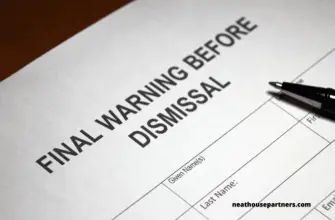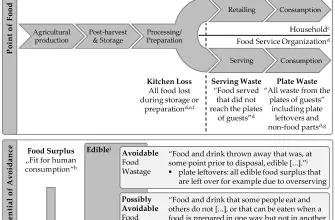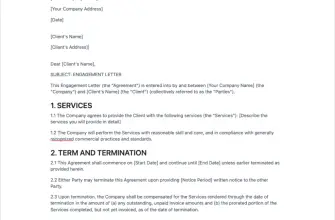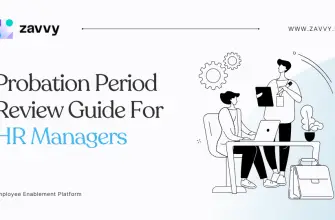Redundancies are an unfortunate reality in the business world. Whether due to economic downturns, technological advancements, or company restructuring, sometimes positions become redundant. However, handling redundancies is a delicate process that requires careful planning and execution to avoid unfair dismissal claims. This guide will provide you with expert advice on replacing redundant positions and avoiding unfair dismissal, focusing on the Australian context but also offering insights applicable globally.
Understanding Redundancy
Redundancy occurs when an employer no longer requires a job to be done by anyone, or the employer becomes insolvent or bankrupt. It’s important to distinguish between being made redundant and being laid off. While both involve job loss, redundancy is typically a permanent situation where the role no longer exists, while a layoff is often temporary.
Redundancy Laws and Rights
Redundancy laws vary by country. In Australia, for instance, the Fair Work Act 2009 provides protections for employees who are made redundant. These include redundancy pay (also known as severance pay), notice of termination, and consultation requirements. In the UK, redundancy rights are governed by the Employment Rights Act 1996 and the Trade Union and Labour Relations (Consolidation) Act 1992. Employees may be entitled to redundancy pay, a notice period, a consultation with the employer, the option to move into different jobs, and time off to find a new job.
Replacing Redundant Positions: Backfill vs Replacement Position
When a position becomes redundant, employers often need to consider whether to backfill the position or create a replacement position. Backfilling positions involves hiring a new employee to take over the tasks of the redundant role. On the other hand, a replacement position involves creating a new role that may encompass some of the tasks of the redundant role but also includes new responsibilities.
Rehiring After Redundancy
Reemployment after redundancy, or rehiring, is a common practice in many industries. In Australia, there are no specific laws preventing an employer from rehiring an employee after making them redundant. However, employers must be careful to avoid claims of unfair dismissal redundancy. If an employee can prove that their redundancy was not genuine because their job was still required, they may have grounds for an unfair dismissal claim.
How to Make Someone Redundant
Making someone redundant is a complex process that must be handled with care. Here are some steps to follow:
- Identify the reason for the redundancy: This could be due to financial reasons, a decrease in work, or a restructure of the business.
- Consult with the employee: Before making a final decision, you should consult with the employee about the redundancy. This includes discussing why their role is being made redundant and any alternatives to redundancy.
- Provide notice: Once a decision has been made, you must provide the employee with a notice of termination. The length of notice will depend on the employee’s length of service and their contract of employment.
- Pay redundancy pay: The amount of redundancy pay will depend on the employee’s length of service. In Australia, this is governed by the National Employment Standards (NES).
Avoiding Unfair Dismissal Claims
To avoid unfair dismissal claims, it’s crucial to ensure that the redundancy is genuine and that you follow the correct process. This includes consulting with the employee, providing the correct notice and redundancy pay, and not selecting the employee for redundancy for a discriminatory reason.
What to Do If You’re Made Redundant
If you’re made redundant, it’s important to understand your rights and entitlements. This includes redundancy pay, notice of termination, and the right to consultation. You should also consider seeking legal advice to ensure that your redundancy was genuine and that you have not been unfairly dismissed.
Conclusion
Redundancies are a challenging aspect of business management, requiring careful navigation to ensure legal compliance and fair treatment of employees. By understanding the laws surrounding redundancy, the difference between backfilling and replacing positions, and the process of making someone redundant, employers can manage redundancies effectively and avoid unfair dismissal claims.









